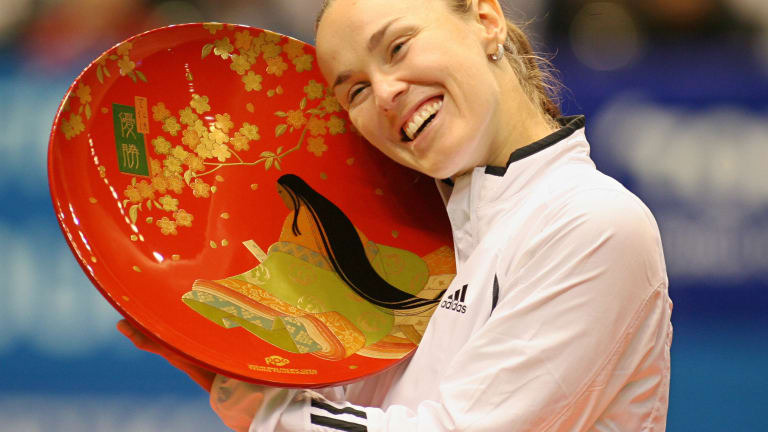In this week’s episode of WTA’s One-One-One with Chris Evert, Martina Hingis opened up to fellow former world No. 1 Evert about her journey to the top of the women’s game. Like Evert, Hingis didn’t blow anyone off the court with power, but she won with smarts and style.
“We both weren’t as physical as Martina [Navratilova] in your time later on,” Hingis said. “And with me, with the Williams sisters and Lindsay [Davenport] and Mary Pierce and Monica [Seles] were also much stronger so I had to make, first of all, no errors and try to take the ball early and make them move before they moved me.”
